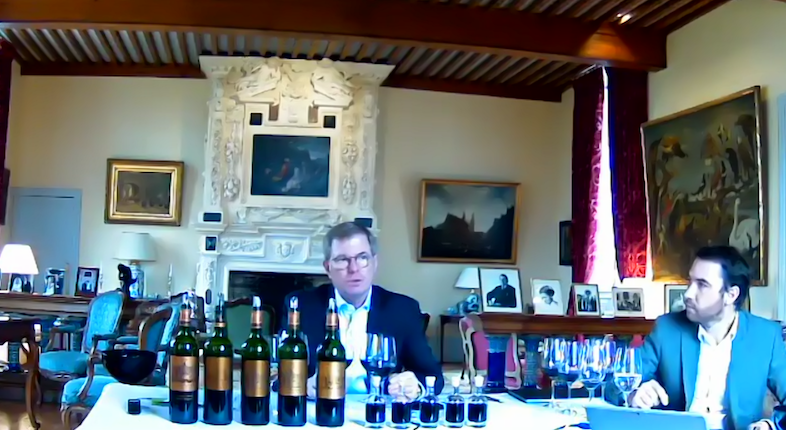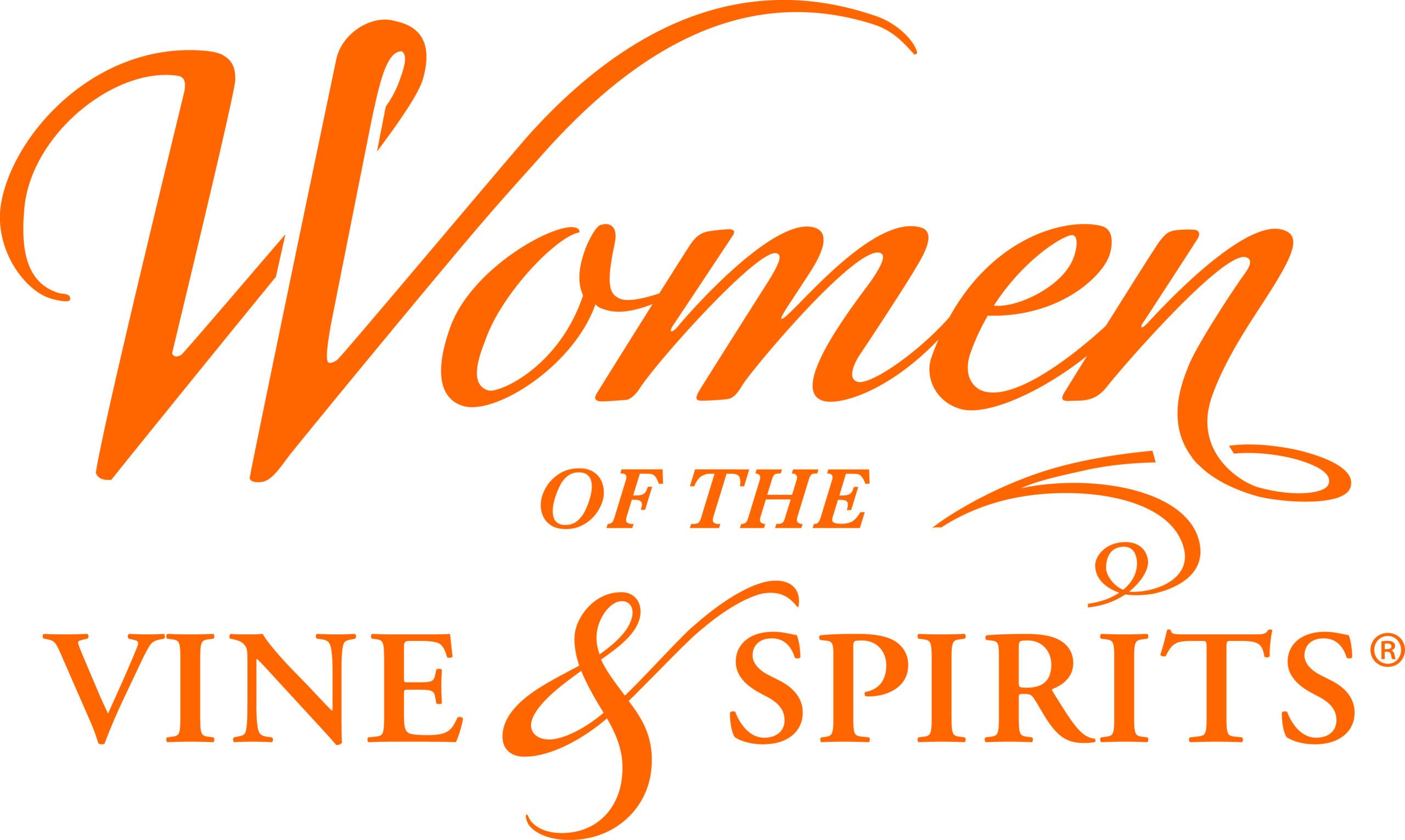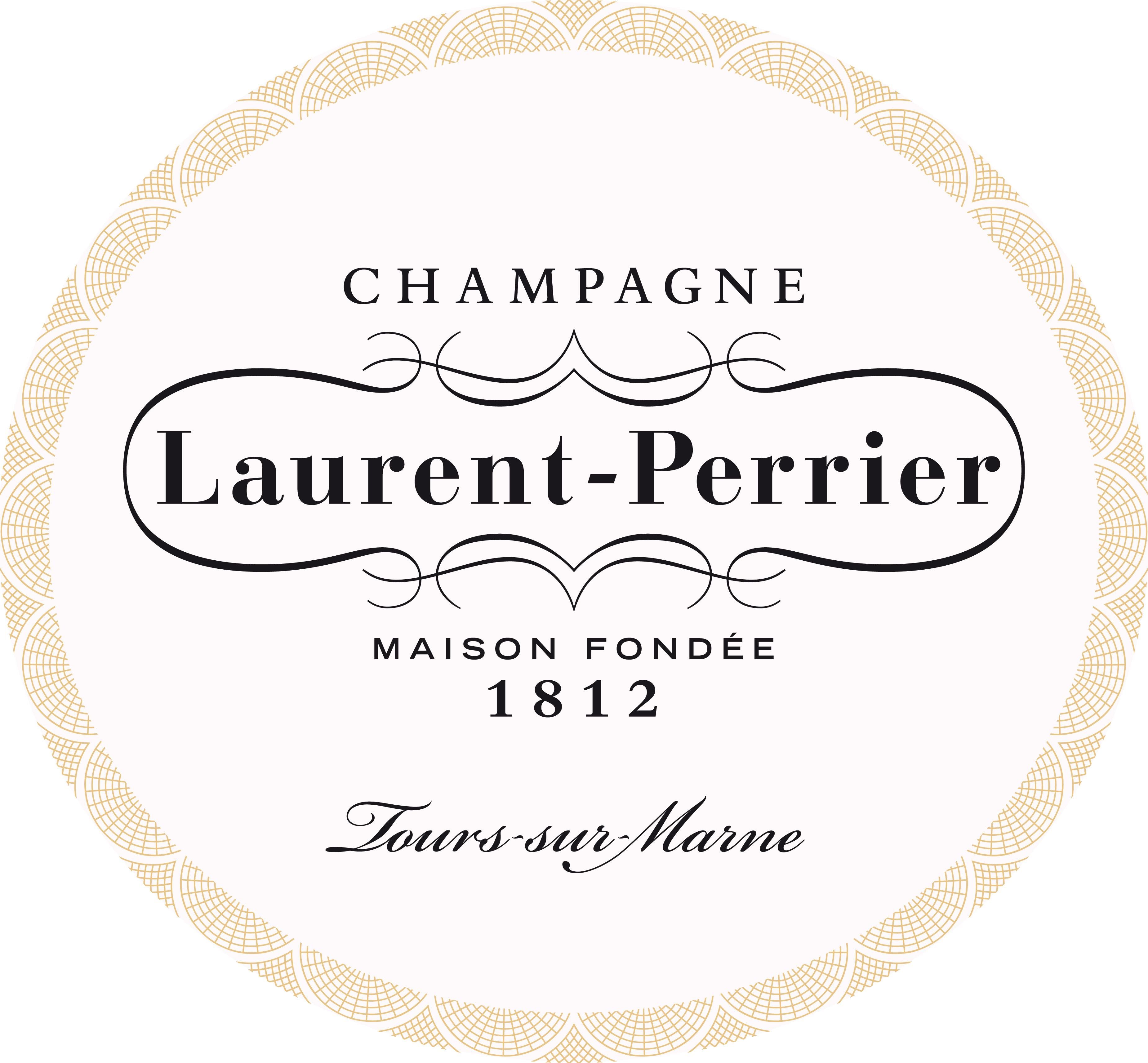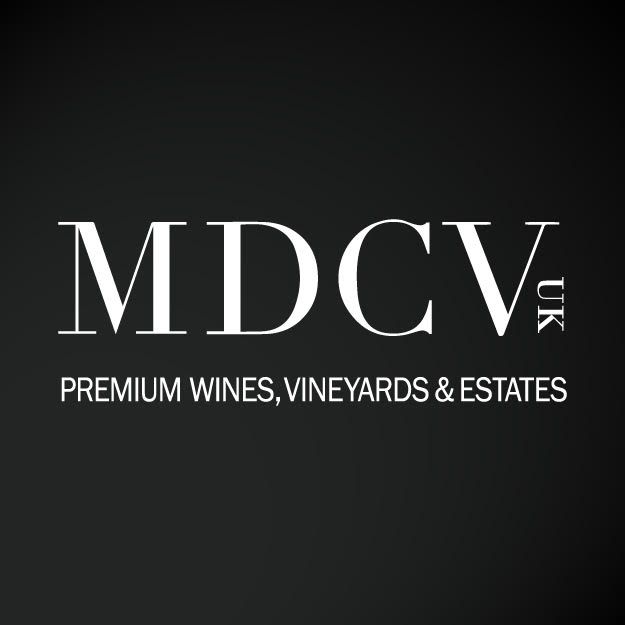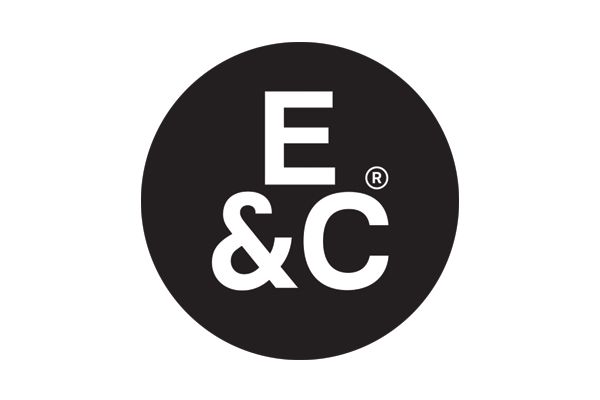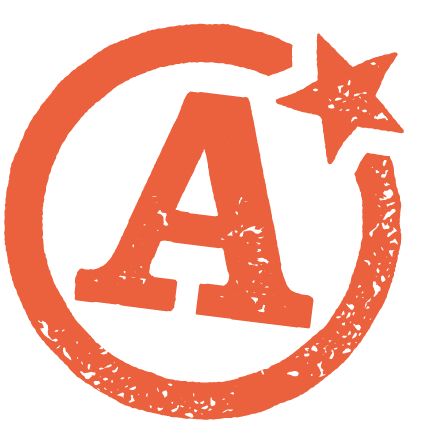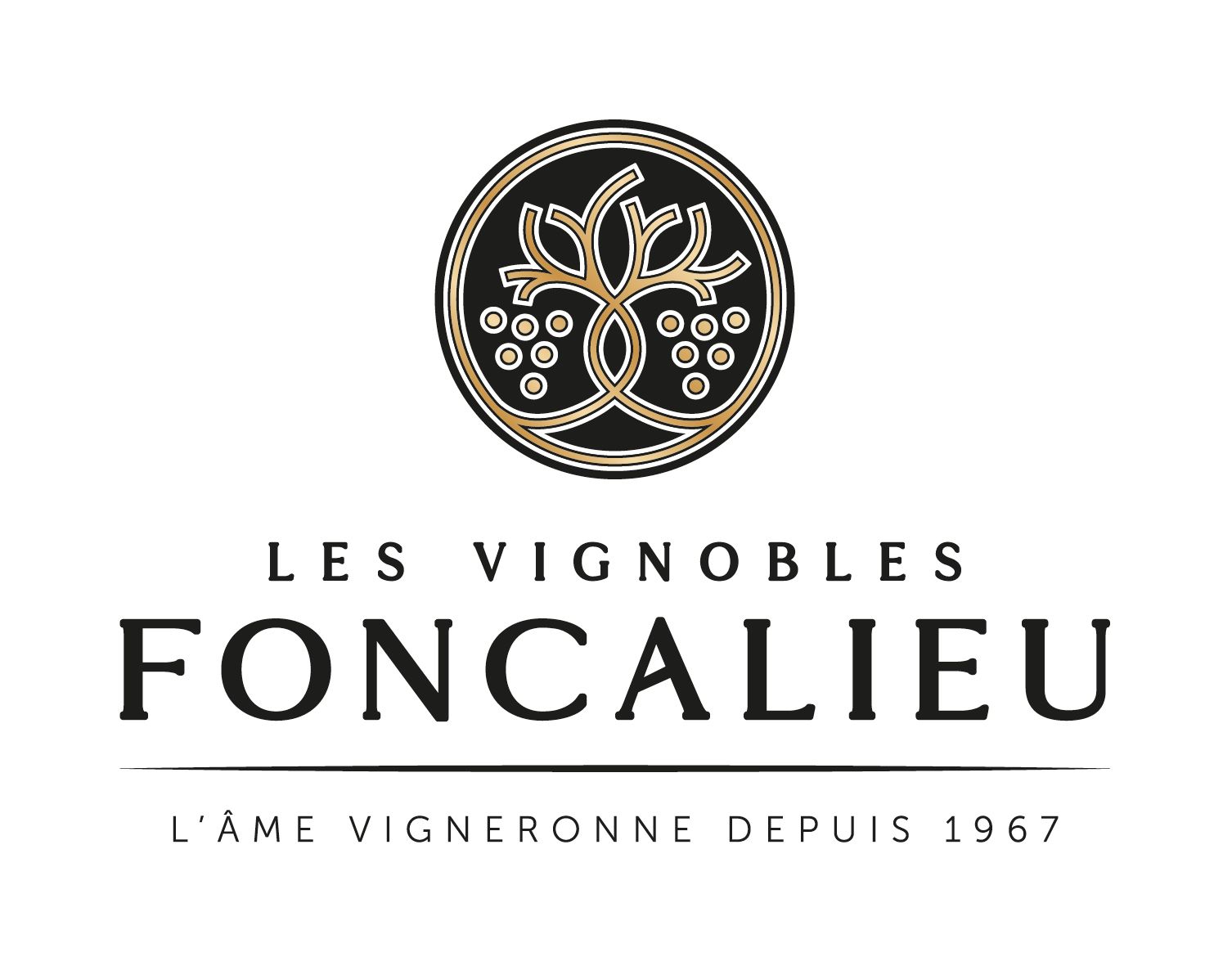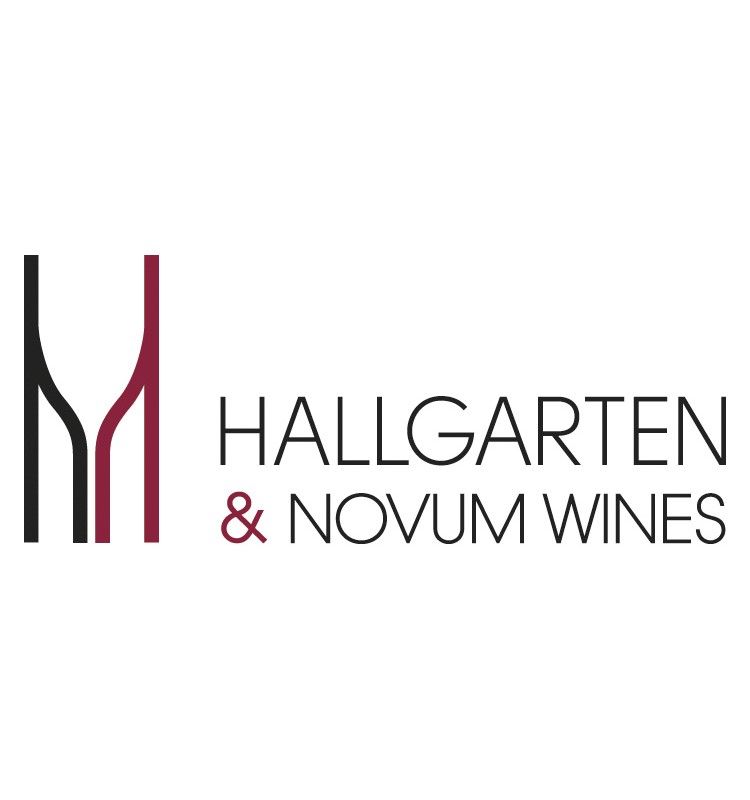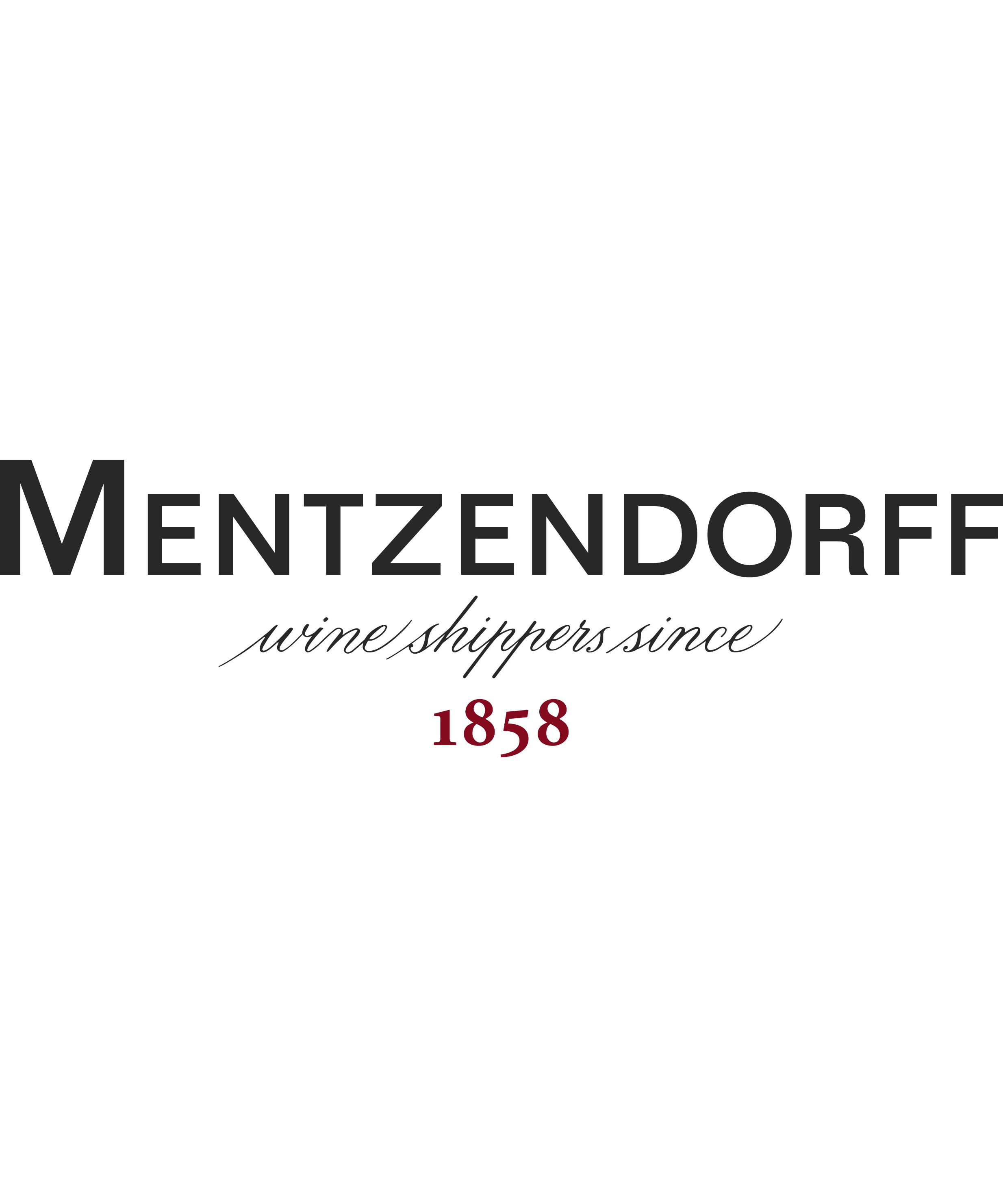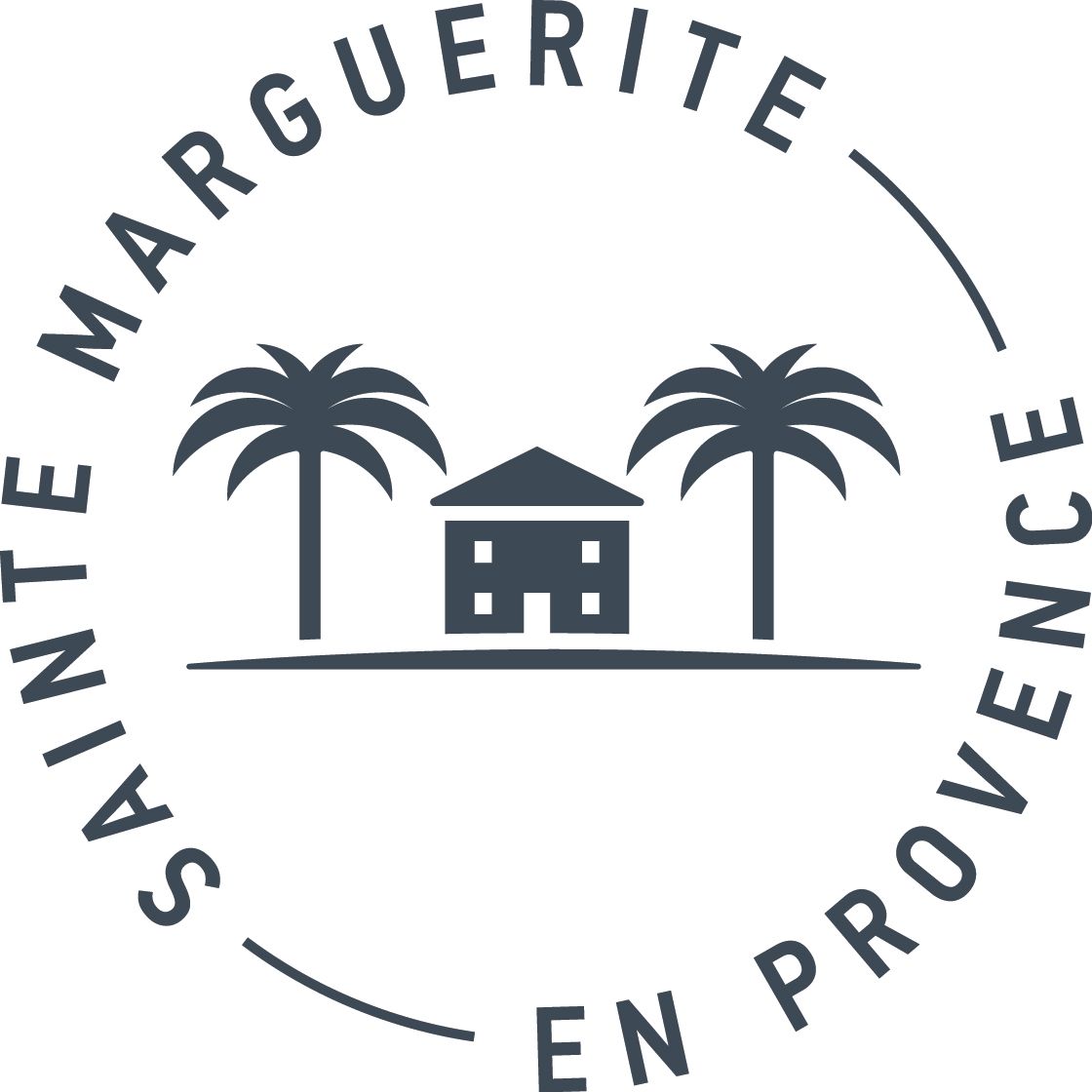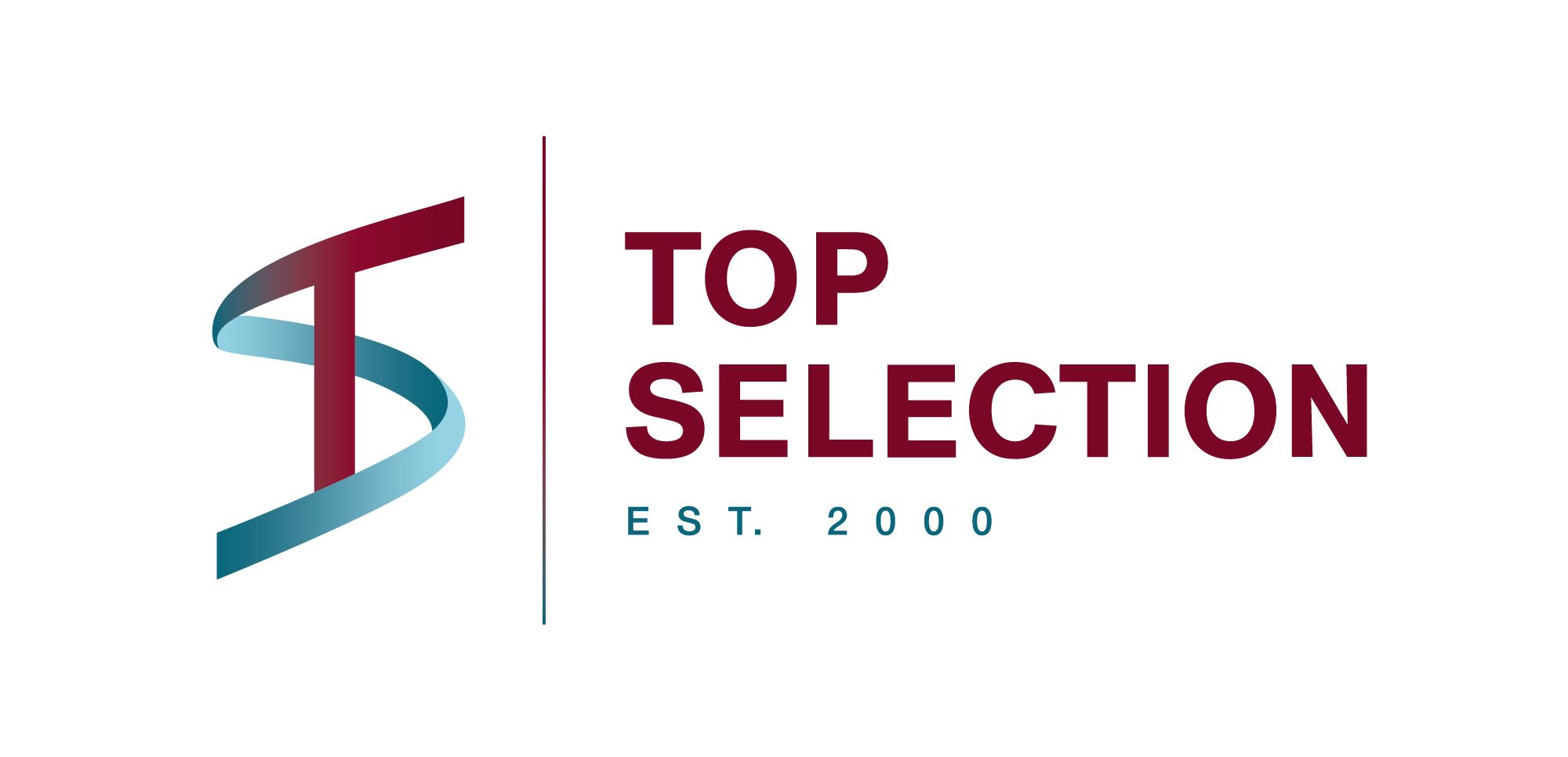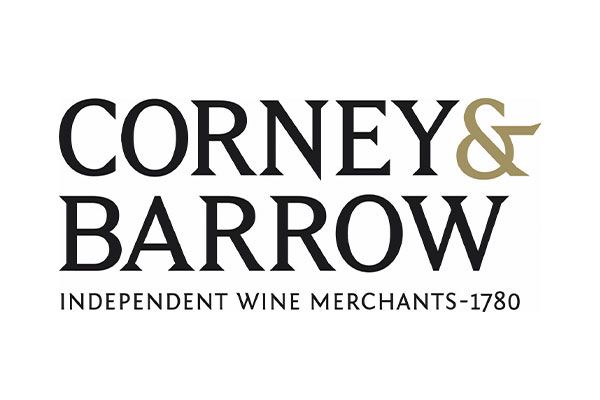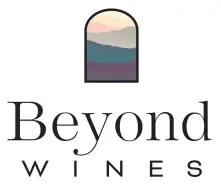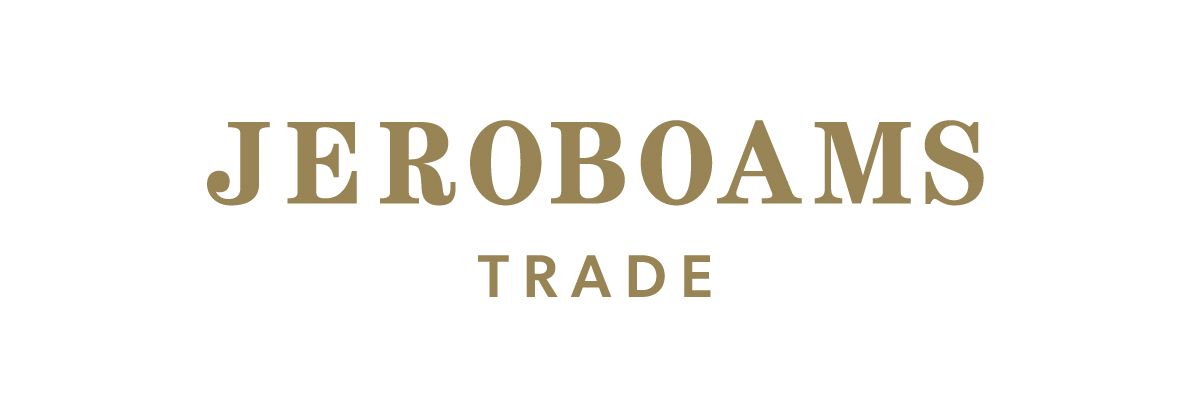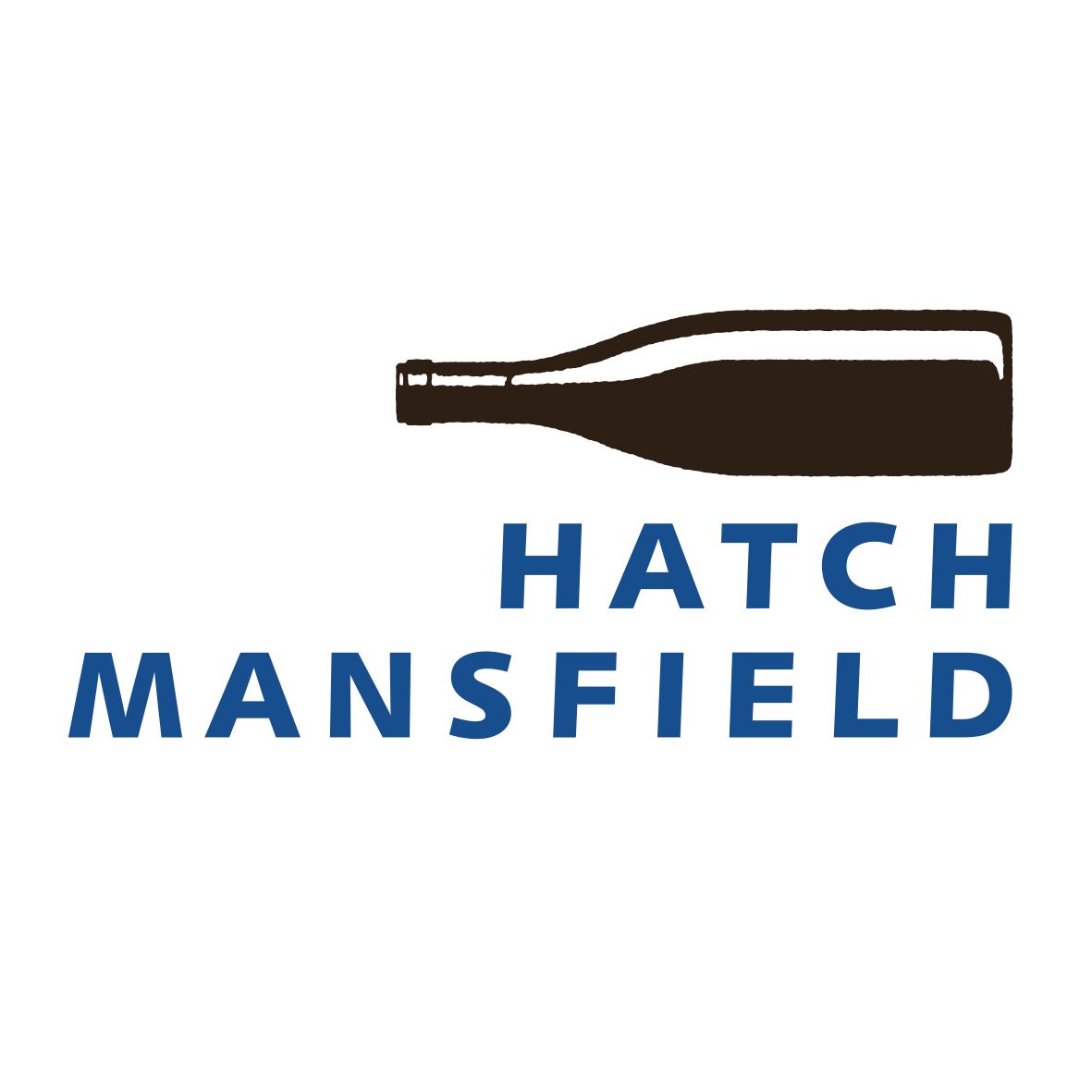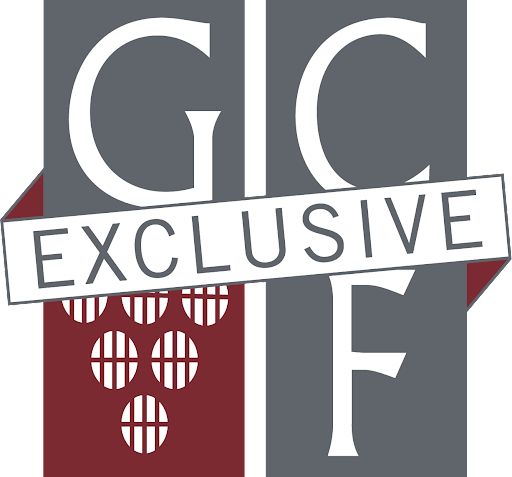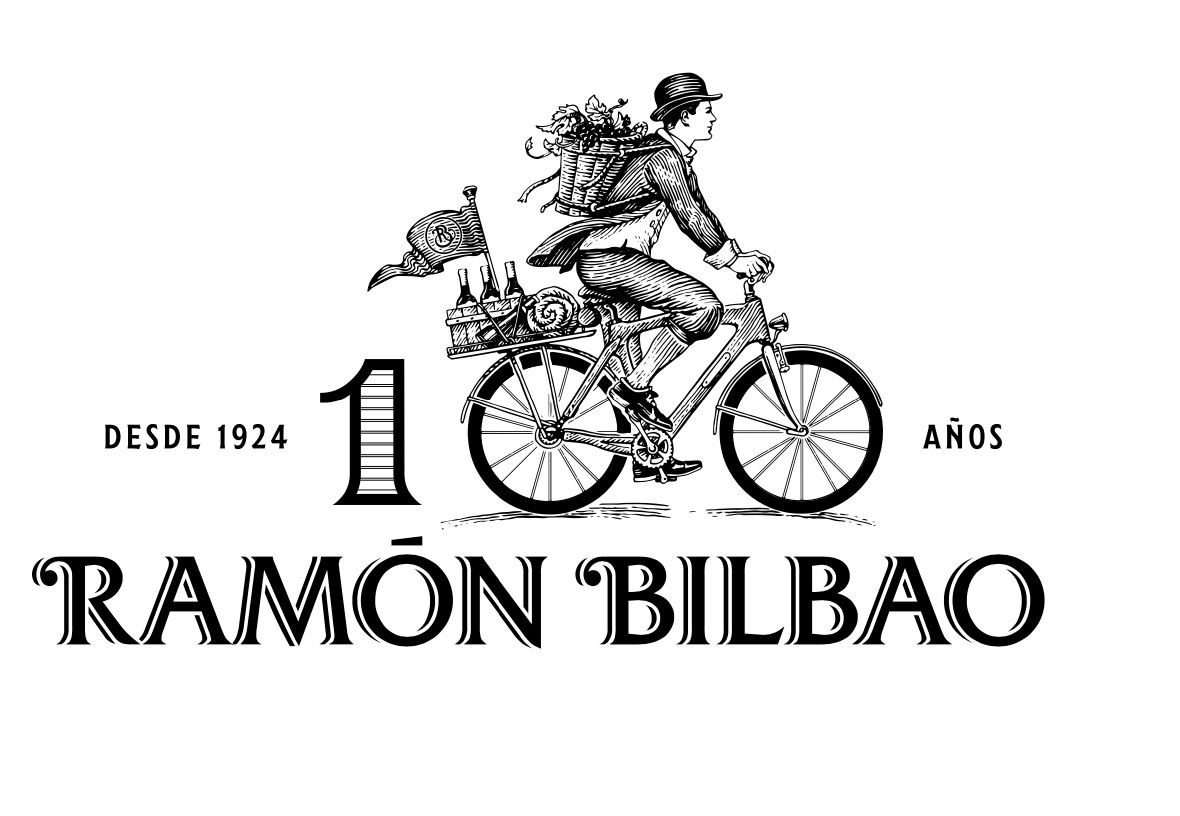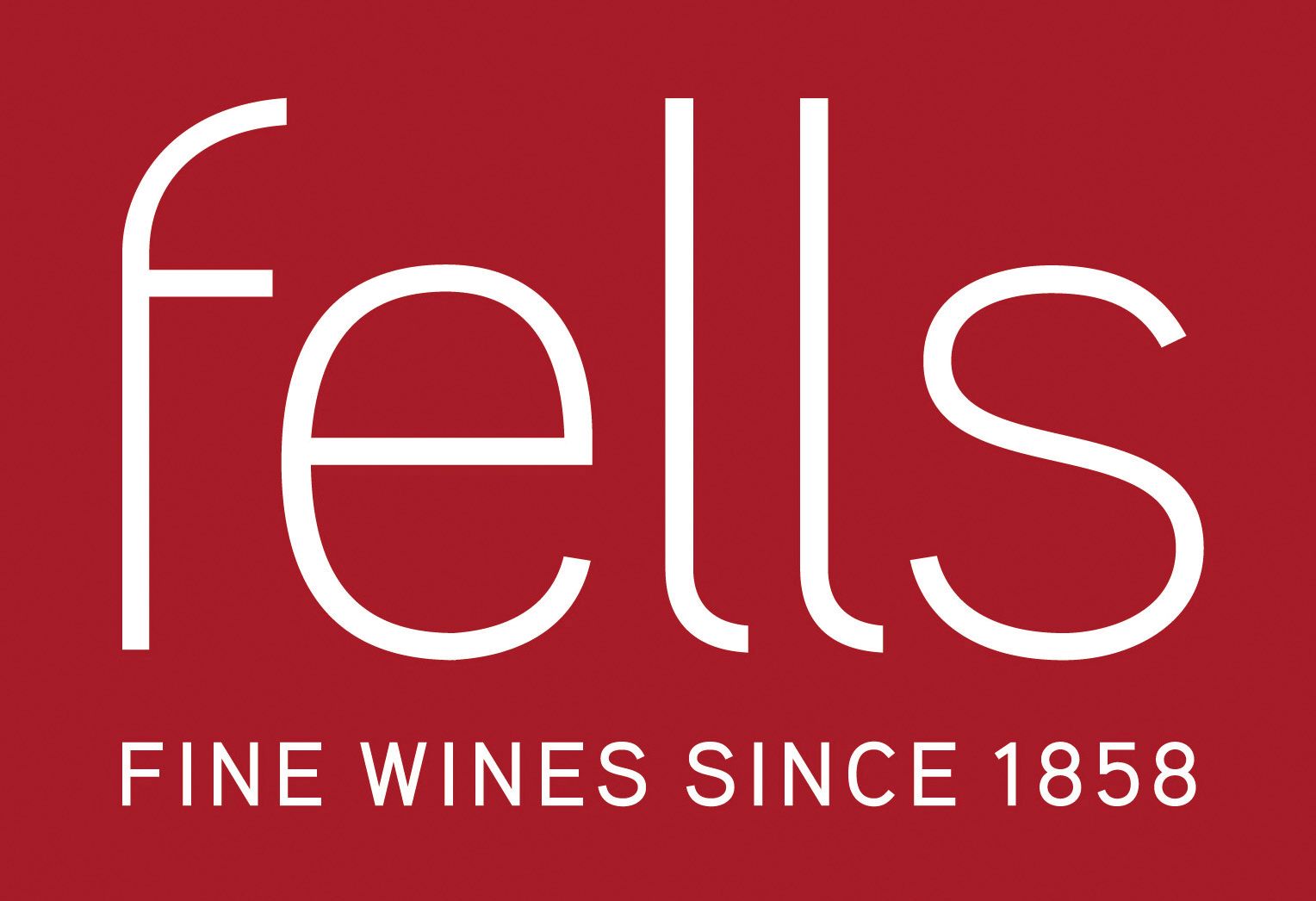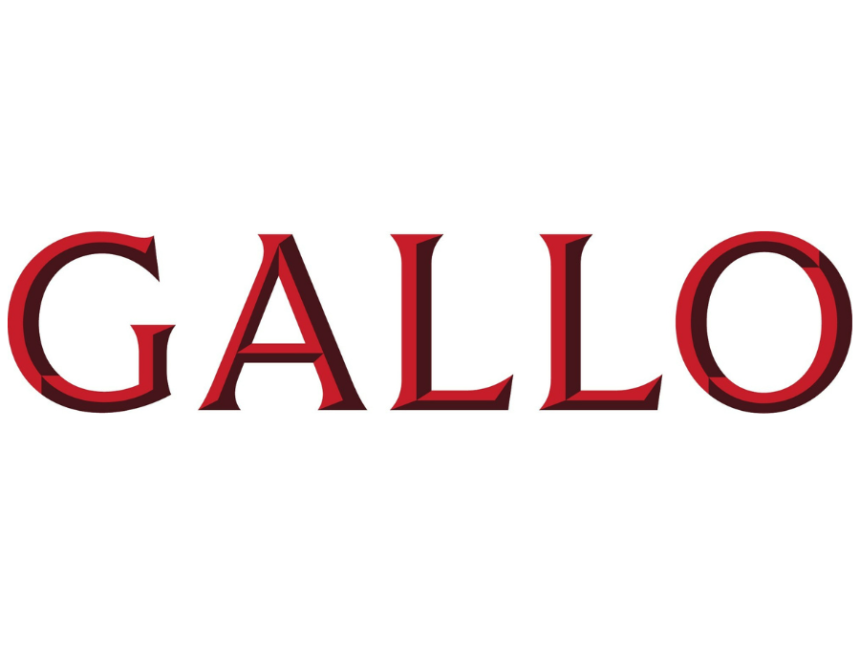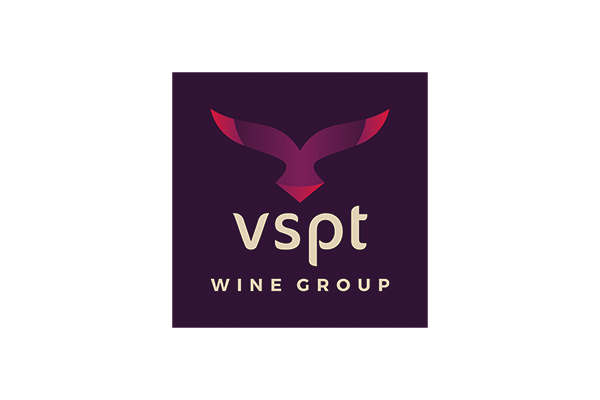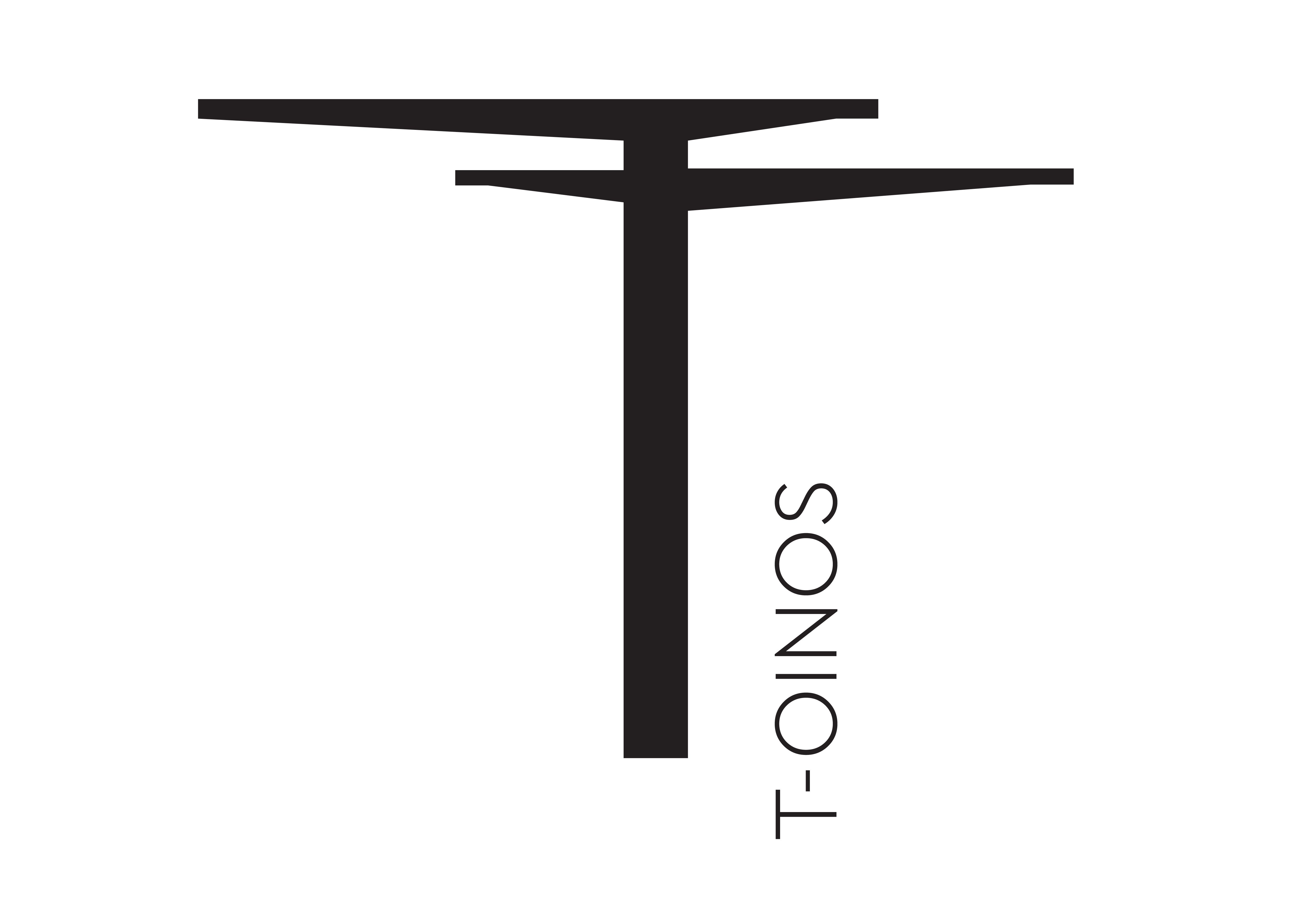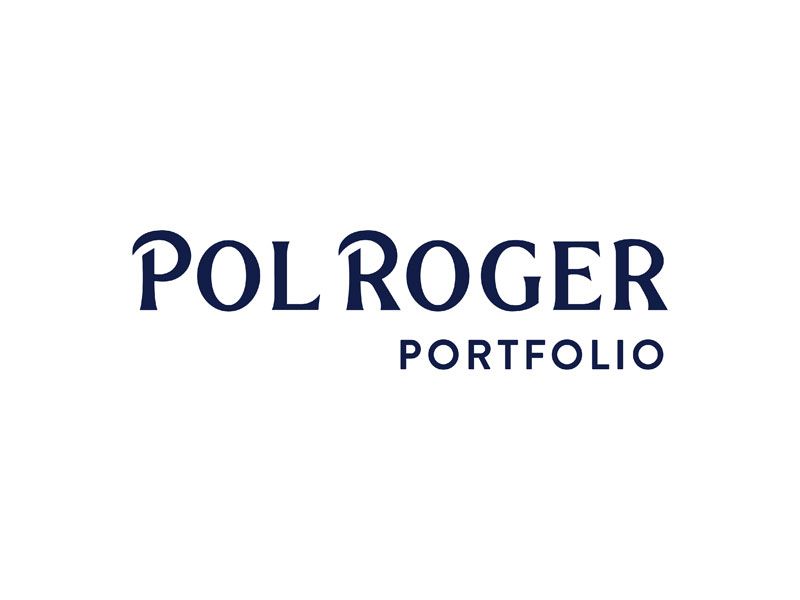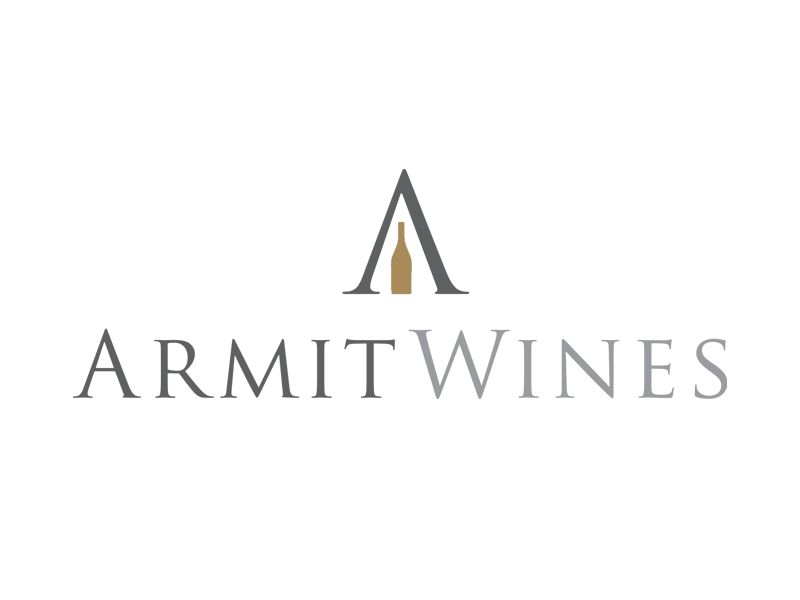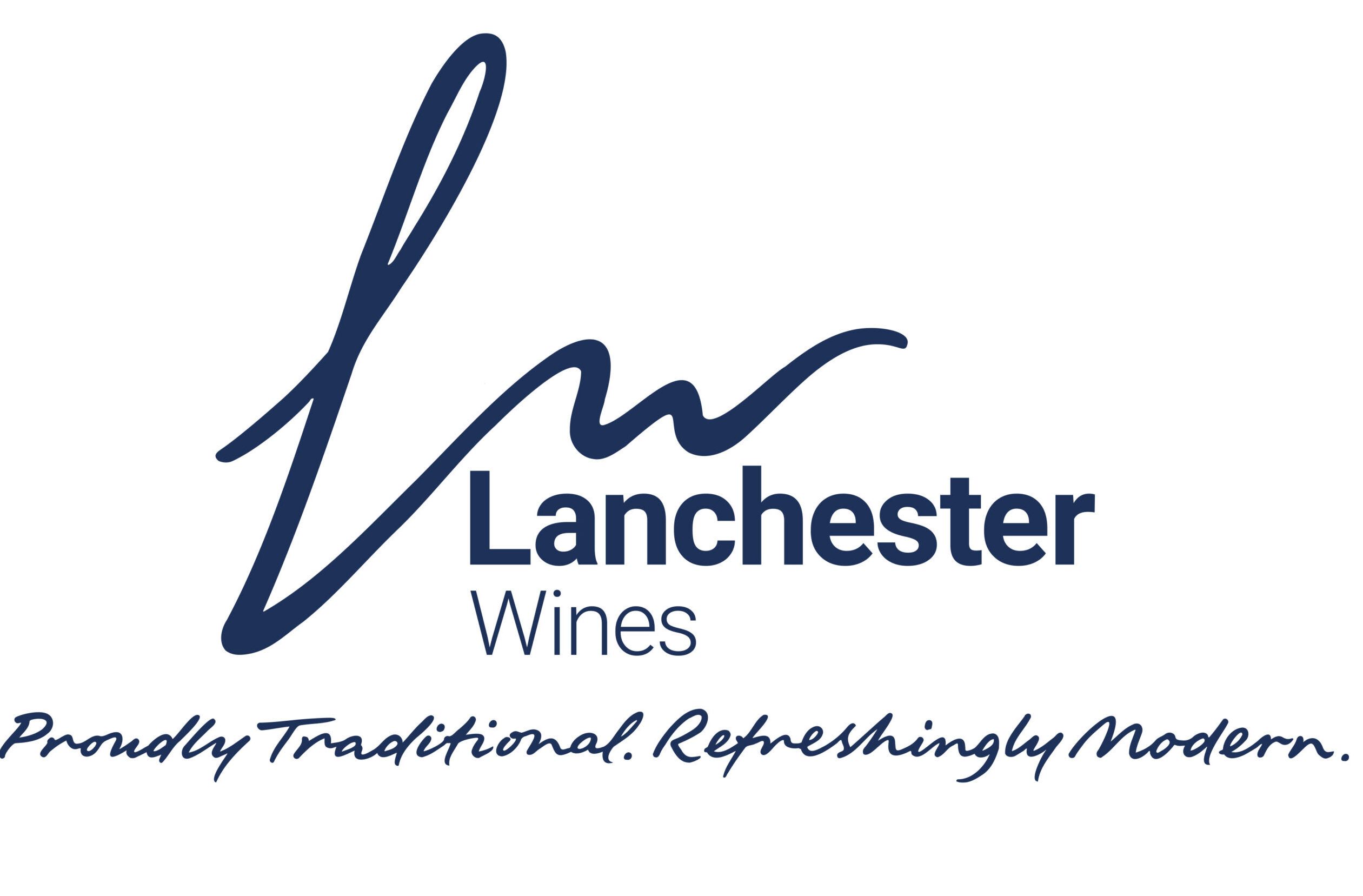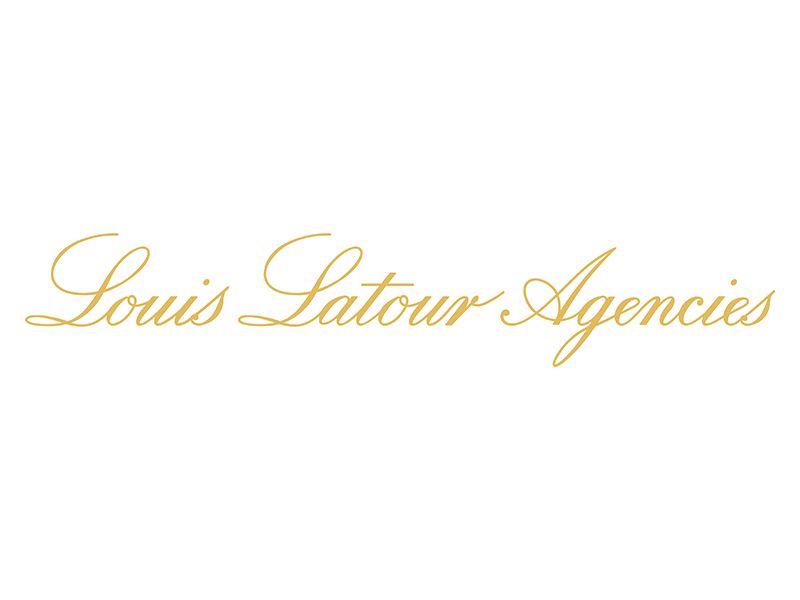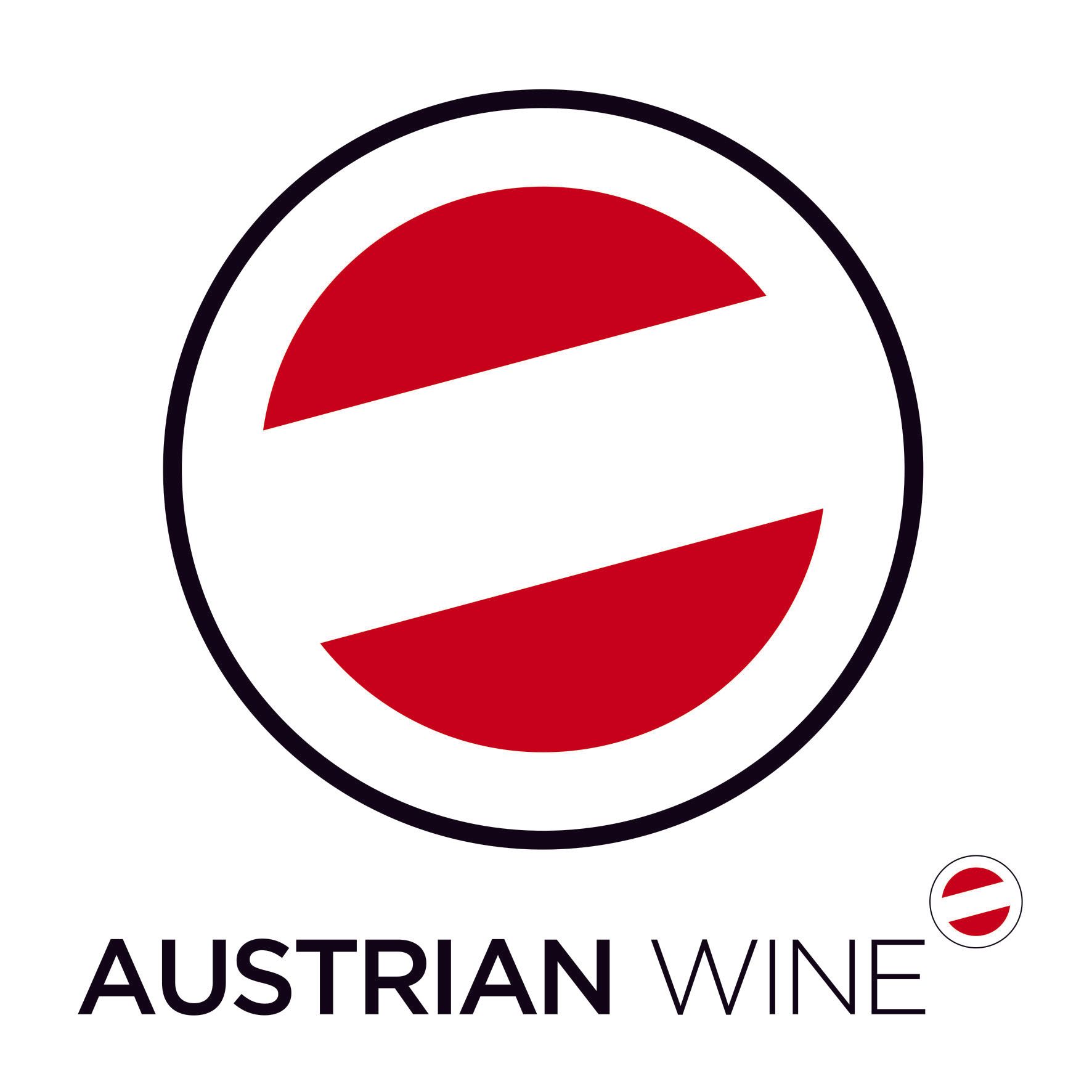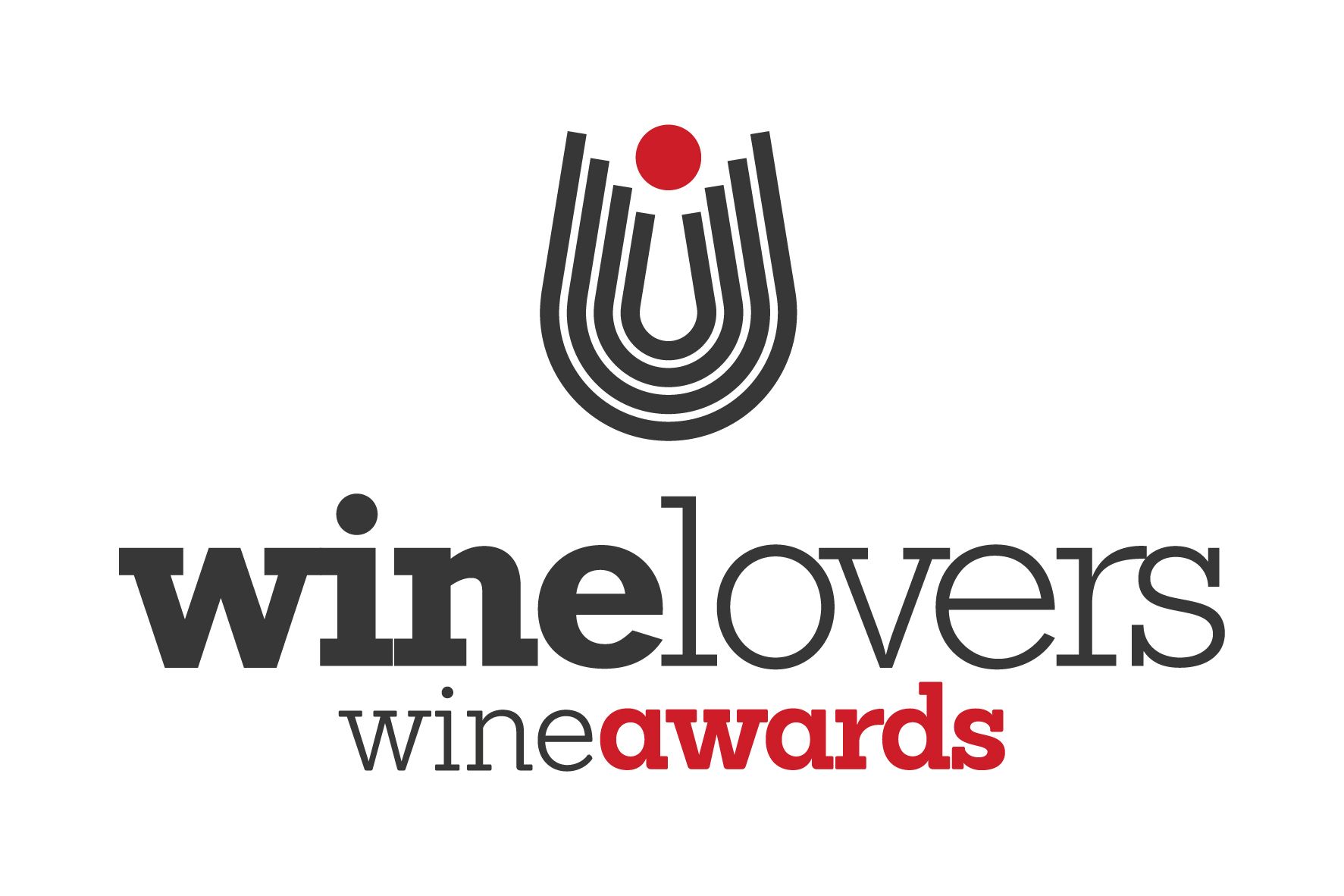“We will have to see how the wines will react together, but it will definitely have more complexity, more elegance and diversity… I will be very curious, and want to see after blending how the wine will show in late April,” says Cruse.
Every harvest at Chateau d’Issan the fruit pickers are split 50/50 between locals and Danish students. Emmanuel Cruse who co-owns and runs the estate with the Lorenzetti family, has Danish ancestry and connections, so that every year since 2002 the Margaux appellation is flooded with a high percentage of young Danish grape pickers.
“In 2005,” Cruse recalls, “the weather was so great that some of the Danish pickers were picking in swimsuits. I mentioned this on social media and the day after we were visited by about 20 trade people who were suddenly interested in the ripeness of the berries, usually they want to taste the juice from the vats but this year from the berries themselves!”

Chateau d’Issan is a Third Growth Margaux that produces four wines and makes 9,000 cases of its Grand Vin every year
Cruse is reflecting on the weather conditions as part of The Rule of Five Tasting – a vertical tasting of Chateau d’Issan’s Grand Vin that is anticipating the 2020 wine by looking at four great vintages that precede it at five-yearly intervals – 2015, 2010, 2005 and 2000.
Run in conjunction with London-based private members club 67 Pall Mall and fine wine information hub Wine Lister, the event marks the first foray by Wine Lister into PR and marketing around individual wine estates.
For Chateau d’Issan it is an opportunity to talk directly with journalists, illuminate them on the rich ancestral history of the estate and taste first-hand how the wine ages and develops. It also allows Cruse and commercial director, Augustin Lacaille to reveal that, for the first time in its history, it will be adding Cabernet Franc and Petit Verdot to the blend “to give the wine added depth and complexity.”
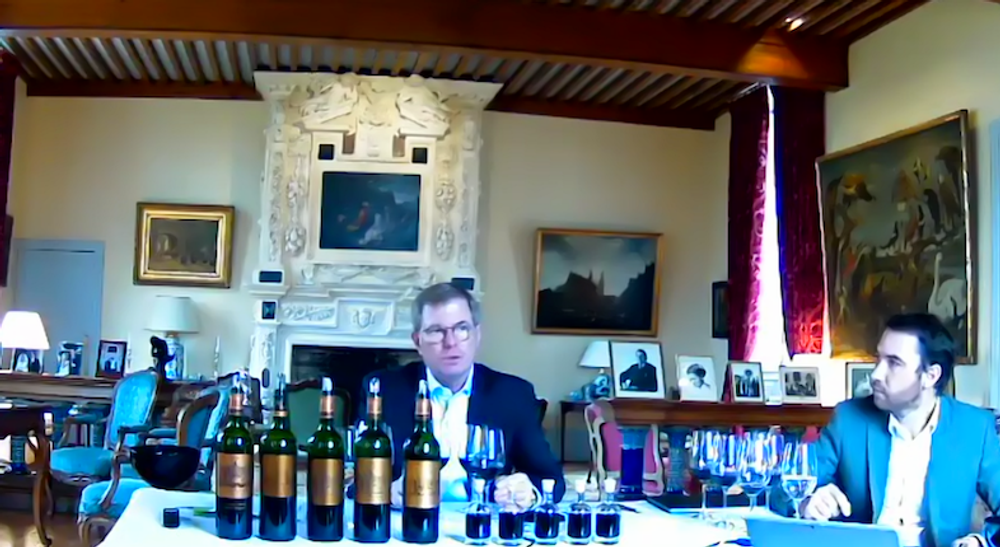
The Rule of Five tasting, January 2021, Emmanuel Cruse and commercial director, Augustin Lacaille
The 120 hectare estate with 67 hectares of vines, has a pretty chateau, moat and enclosed walled vineyards, and is one of the oldest in Bordeaux that can trace its history back to the 12thcentury when (under the name Chateau Lamothe Cantenac) its wine was served at the royal wedding between Eleanor of Aquitaine and King Henry II – sealing a crucial relationship between the two crowns, and helping put Bordeaux firmly on the map.
Cruse’s family bought the dilapidated property in 1945 and has been investing in it ever since, with third generation owner Emmanuel Cruse selling a 50% stake to Jack Lorenzetti (who own Chateau Pedesclaux in Pauillac and Chateau Lilian Ladouys in St Estephe) in 2013.
Changing the blend for 2020
The change in the blend of the 2020 vintage has come about through the acquisition last year of seven hectares of vines outside the ‘clos’ that straddle the footpath from Chateau d’Issan to its neighbour Chateau Margaux, a proximity that Cruse and the domaine’s website, obviously does not fail to mention. The vineyards include both Cabernet Franc and Petit Verdot, planted in 1958 and 1948 respectively.
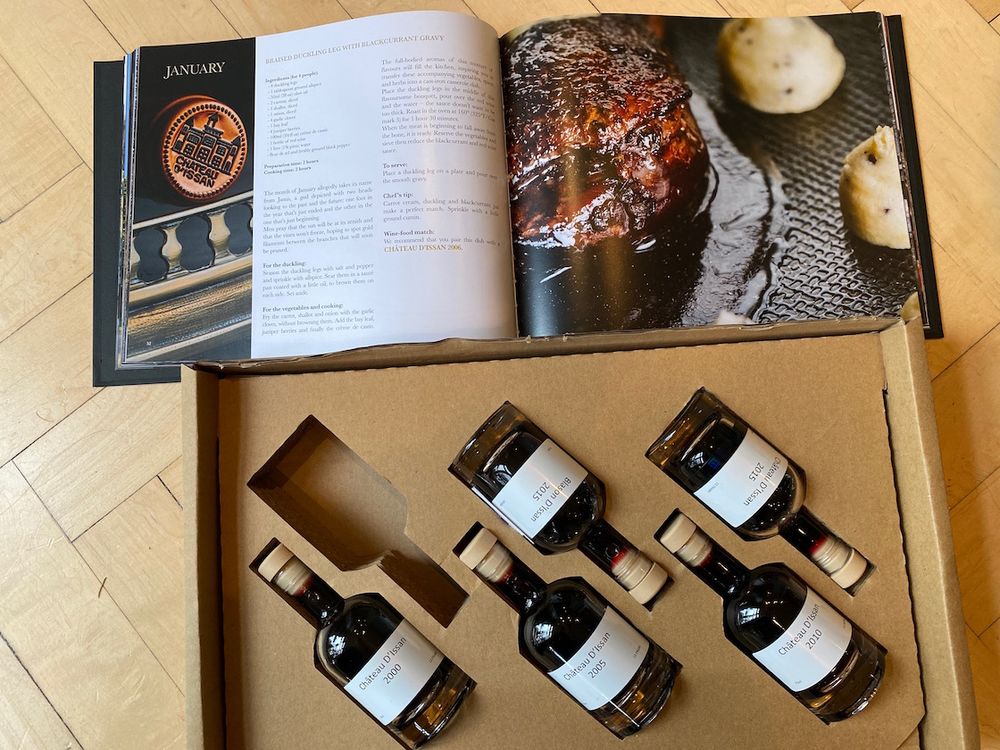
The tasting kit – five wines along with a d’Issan recipe book
“We acquired the vines in March 2020 just before the first lockdown,” Cruse explains, “this was from an old Margaux family. Unfortunately the owner was seriously ill and wanted to sell the land to another established Margaux family – we have an old family link – and unfortunately she died at the beginning of harvest this year so she hasn’t seen the first vintage of Chateau d’Issan with those plots.”
Although the Grand Vin has always been a Cabernet Sauvignon/ Merlot blend in living memory, this will not be the first time that different varieties will have been used at the chateau. At the time of the 1855 classification, for example, the vineyards were planted out 100% to Tarney Coulant (aka Mancin), a virtually extinct grape in Bordeaux now, and one which is being re-introduced by Loïc Pasquet at Liber Pater.
Part of Cruse’s thinking in changing the blend came about from tasting a 100% Petit Verdot from 1948 “it was so aromatic, and will act as a booster in the blend,” he says.
So, given the nature of the tasting – and pitting 2020 against the likes of 2010 and 2000, does Cruse anticipate that this new-look d’Issan will be on a par with these celebrated vintages?
“I don’t want to be too pretentious (as we in France normally are) but for Chateau d’Issan it could be and it could even be better – so far I’m not sure, we will have to see how the wines will react together, but it will definitely have more complexity, more elegance and diversity, I don’t want to already sell the vintage but I will be very curious, and want to see after blending how the wine will show in late April.”
So how were the wines tasting?
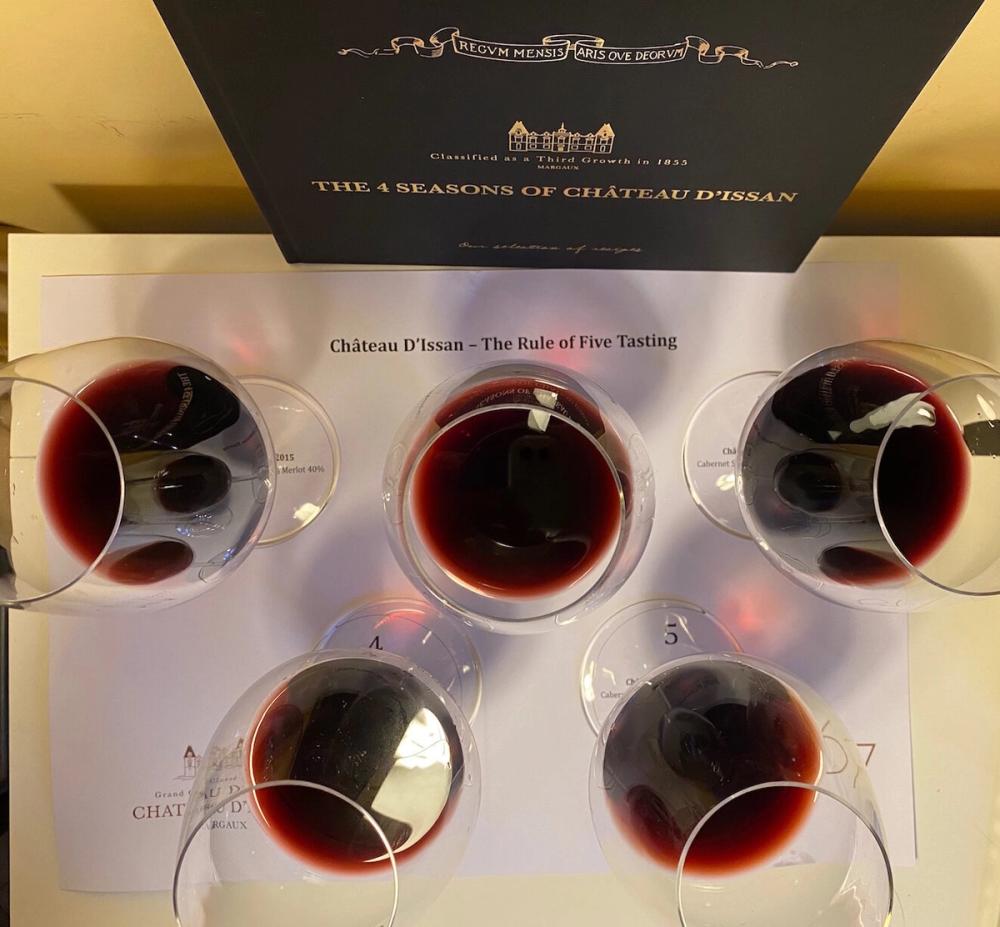
Chateau d’Issan 2000
The first official vintage for Emmanuel Cruse, having taken over the reins of the estate in 1998. A difficult vintage, saved by a great summer, this is classic blend of 70%/30% Cabernet Sauvignon to Merlot. The wine is clearly drinking now, well into secondary phase, with umami flavours (beef stock and soy) and a slight menthol, almost antiseptic, note on the long finish. Drink now.
Chateau d’Issan 2005
Clearly one of the vintages of the century where all the growing conditions were optimum. Textbook claret with richness and ripeness (plum and prune notes) underpinned by decent structure, the tannins are sweet and fine, leading to a very dry finish. Drink now until 2035.
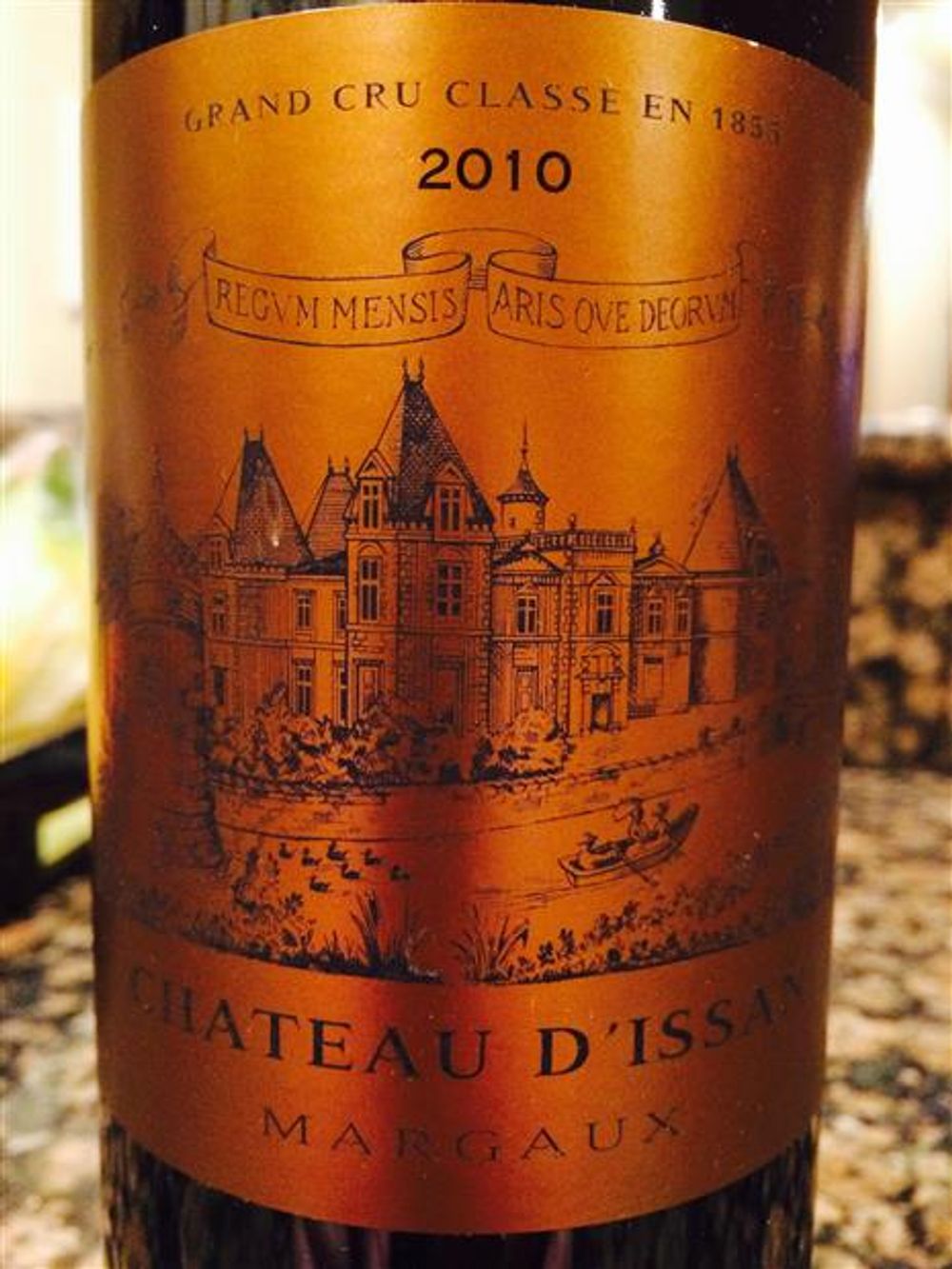
Chateau d’Issan 2010
Cruse says that 2010 is probably the best vintage they have made recently from a technical point of view, adding “It is the year I got married so I have to say it’s the best otherwise my wife will kill me!” I agree with him in that, out of the four vintages tasted, this was showing the best on the day – a pretty, floral (iris) quality with the fine tannins ‘melted’, a lovely structure and a bit of wood sappiness in there in a nice way. Ripe but not ‘hot’, tasting oh-so fresh, and a lick of cream on the dry finish. 61%/39% Cabernet Sauvignon/ Merlot. Superb. Drink now until 2035.
Chateau d’Issan 2015
A very good year for Margaux which rightfully has some claim for being the most successful Bordeaux appellation in 2015. The wine also marks the 70th anniversary of the acquisition of the estate by the Cruse family. The 2015 is clearly a very good if not great wine, but was a bit shy on the day. A black-fruited, elegant nose; on the palate the wines is fresh, a bit of cedar and spice, the ripe tannins amazingly well integrated for such a young wine. Very approachable with huge potential. Drink from 2025-2045.
Putting these wines in order on the day – Chateau d’Issan 2010, Chateau d’Issan 2015, Chateau d’Issan 2005, Chateau d’Issan 2000
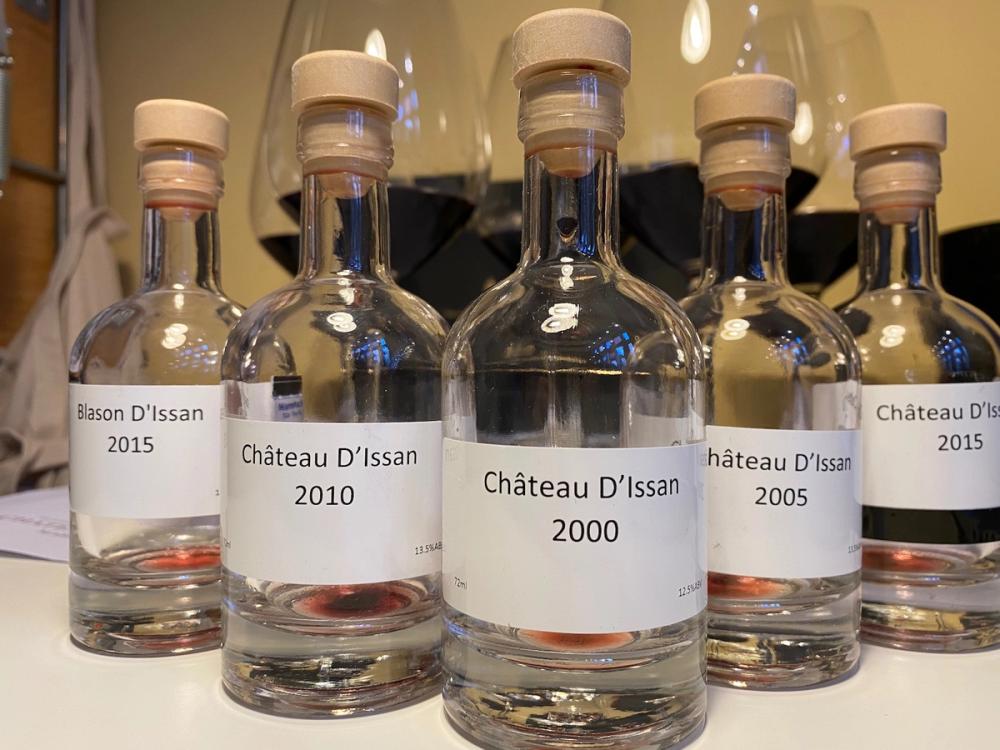
Chateau d’Issan and the UK have always had strong links with the UK being the top export market in 2018.
